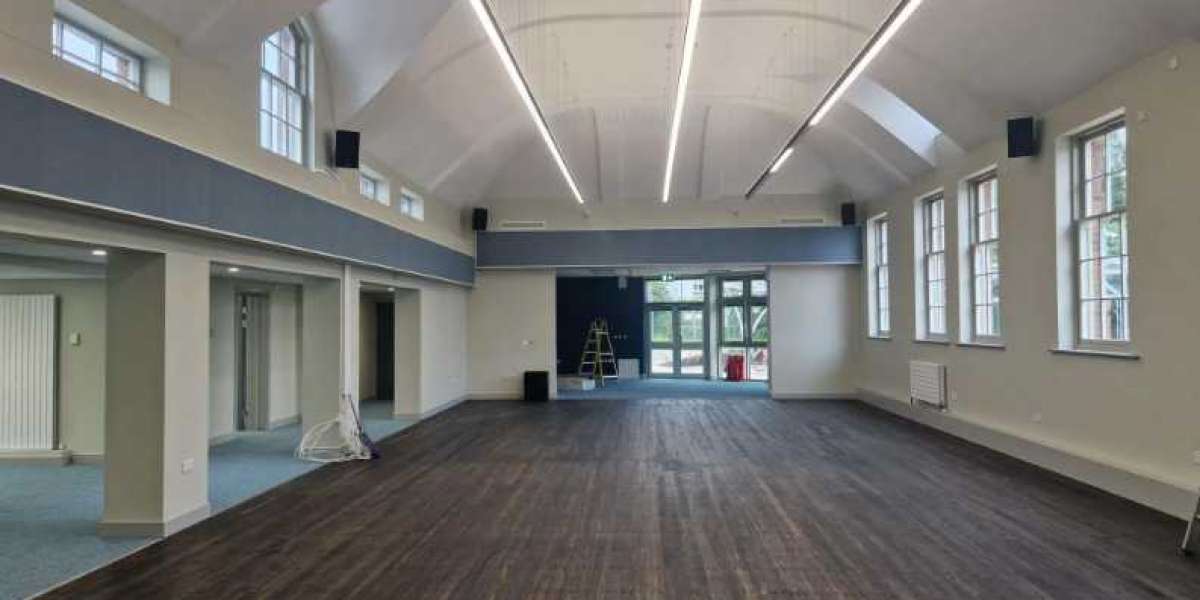In an era where high-quality sound is essential for effective communication and entertainment, sound system installations have become increasingly important. Whether in corporate environments, schools, restaurants, or homes, a well-designed sound system enhances audio clarity and engagement. This article explores the components, benefits, and best practices of sound system installations.
What Are Sound System Installations?
Sound system installations involve the setup and integration of audio equipment to create a cohesive system that delivers high-quality sound across various environments. These installations can vary from basic setups in small venues to complex configurations in large auditoriums and concert halls.
Key Components of Sound System Installations
Speakers
- Types of Speakers: The choice of speakers is critical to achieving the desired sound quality. Options include floor-standing speakers, bookshelf speakers, in-wall and in-ceiling speakers, and subwoofers for enhanced bass response.
- Placement: Proper speaker placement is essential for optimal sound distribution. Factors like room acoustics, size, and intended use should be considered.
Amplifiers
- Amplifiers boost the audio signal, ensuring that sound is powerful and clear. The choice of amplifier depends on the type and number of speakers used, as well as the desired sound levels.
Mixers
- Audio mixers allow users to control multiple audio sources, balancing sound levels, adjusting equalization, and adding effects. They are essential for live sound events, recording, and broadcasting.
Microphones
- Microphones capture sound for amplification. Various types, including handheld, lavalier, and condenser microphones, are available for different applications.
Cabling and Accessories
- Quality cabling is crucial for reliable connections between devices. This includes speaker wire, audio cables, and connectors. Accessories such as microphone stands, mounts, and racks also play a role in effective installations.
Benefits of Professional Sound System Installations
Enhanced Audio Quality
- Professional sound system installations provide superior audio clarity and fidelity, ensuring that speech and music are heard accurately and without distortion.
Improved Communication
- In corporate settings and educational institutions, clear sound is vital for effective communication. High-quality installations help convey messages without confusion, making meetings and presentations more impactful.
Customization for Specific Needs
- Professional installers can tailor sound systems to meet the unique requirements of each space, considering factors like acoustics, audience size, and intended use.
Long-term Reliability
- Investing in professional sound system installations ensures that equipment is properly set up, reducing the likelihood of technical issues and enhancing longevity.
Best Practices for Sound System Installations
Conduct a Needs Assessment
- Before installation, assess the specific audio needs of the space. Consider factors like room size, usage scenarios, and types of audio sources to determine the best equipment and layout.
Choose Quality Equipment
- Invest in high-quality audio components from reputable brands. This ensures better performance and durability, resulting in a more enjoyable listening experience.
Optimize Speaker Placement
- Proper placement of speakers is crucial for achieving balanced sound distribution. Consider the layout of the room and test different placements for optimal audio performance.
Test and Fine-tune the System
- After installation, thoroughly test the sound system to ensure all components work effectively. Fine-tune settings, such as equalization and volume levels, to achieve the best sound quality.
Provide User Training
- Offering training for users is essential to maximize the system’s capabilities. Users should understand how to operate the sound system effectively and troubleshoot common issues.
Conclusion
Sound system installations are essential for creating high-quality audio experiences in various environments. By understanding the key components and following best practices, you can design a sound system that meets your specific needs and enhances overall engagement. Whether for corporate meetings, educational purposes, or entertainment, investing in professional sound system installations will significantly elevate the audio experience.




